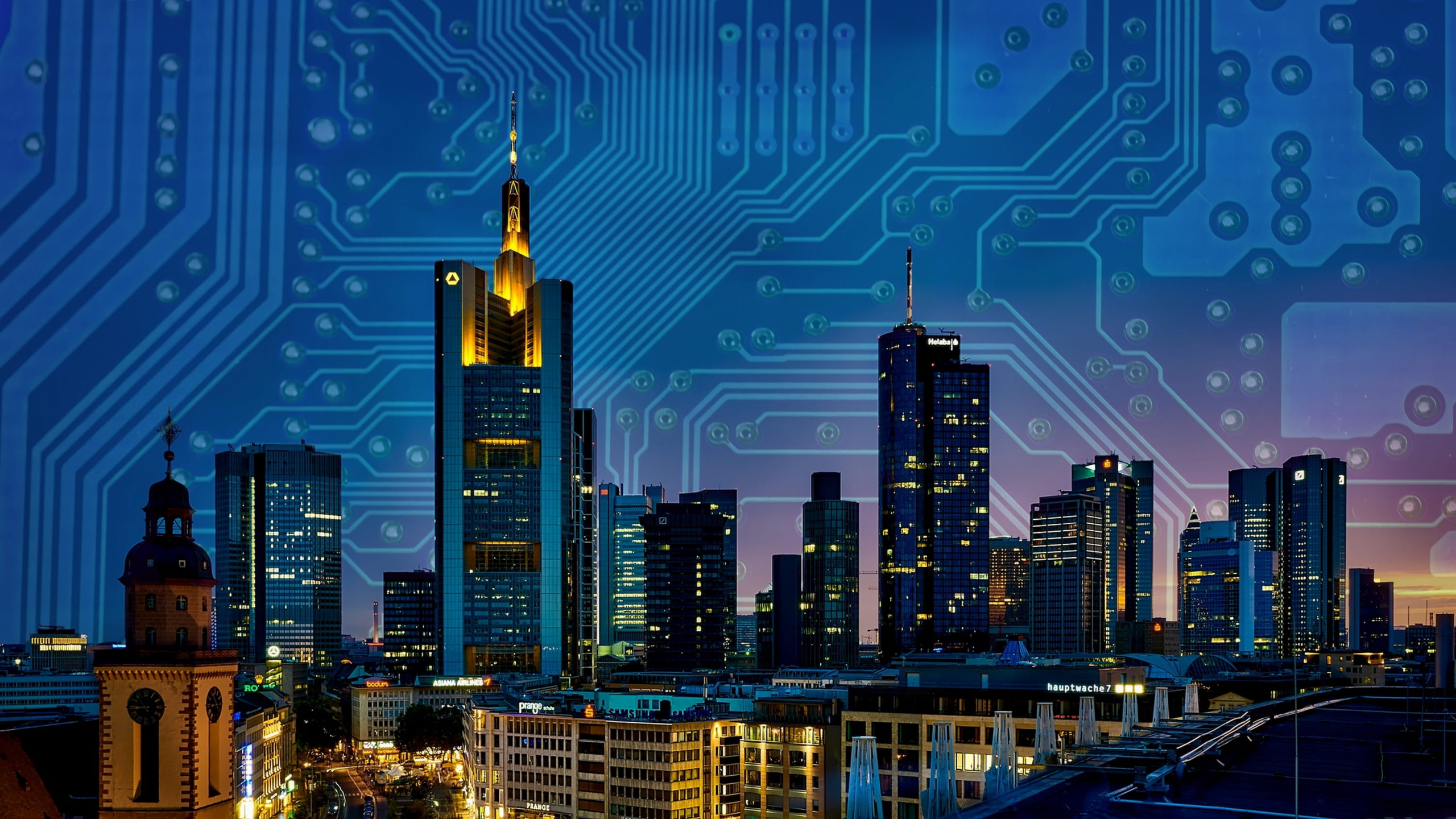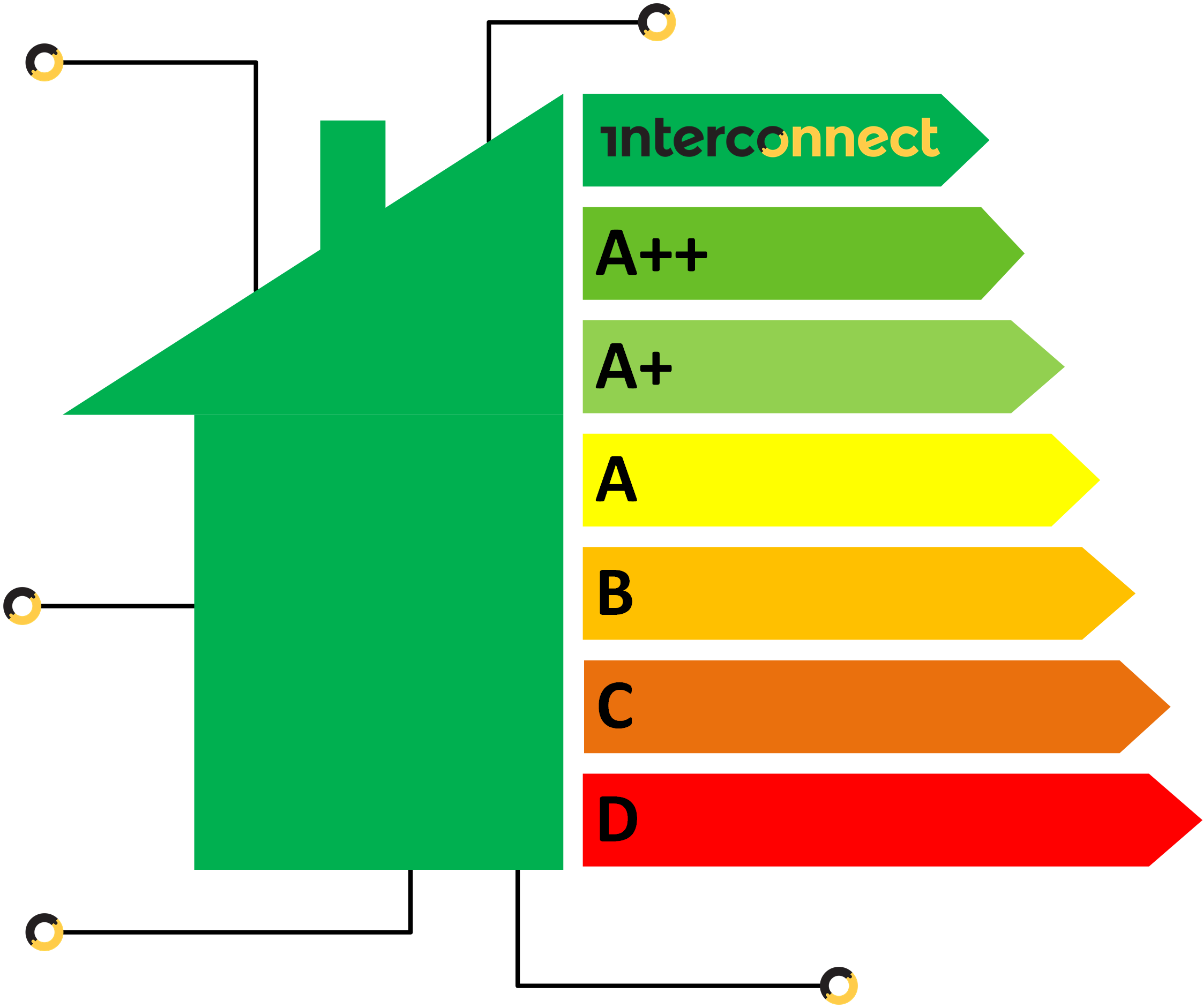Going Beyond Energy Efficiency as a Service with InterConnect Interoperability Toolbox

Awareness about energy efficiency, and its importance from the perspective of sustainability and environment, is constantly rising with individuals and communities. Energy Efficiency as a Service (EEaaS) is a relatively new pay-for-performance concept where investments in EE (Energy Efficiency) projects for buildings and homes are (partially) covered by a service company (like ESCOs) while no significant upfront investments are required by property owners. This is an innovative business model which relies on new, but proven, technologies and services in construction, IoT (home and building automation) and energy infrastructure to achieve defined EE goals.
However, there are challenges with this approach:
- Energy consumers want comfort brought by automation and also the ability to be in control of the decisions made by EE services. This means not being completely dependent on potentially profit driven decisions by the service provider.
- High risks of vendor locking when service providers are relying on a single technology which is not interoperable with other widely utilized systems on the market. Consumers want flexibility to decide which new systems to deploy and integrate allowing them to stay on the forefront of the technology developments and trends.
- Most new housing developments include high performance EE enablers during construction and owners/property managers are looking for solutions to efficiently manage already deployed resources.
- Energy efficient, smart home enablers (like smart appliances and home automation solutions) are becoming market standards. EE and comfort are not necessarily conflicting goals anymore.
- Electric vehicles and small-scale energy storage and production are gaining traction globally. This increases complexity of EE decision making while at the same time opens new fronts for energy prosumers to actively participate in the energy market.
This complex ecosystem of enablers, trends and rapid technological innovation calls for a new approach for handing EE services. Concept of interoperability arises as the key enabler for bringing the EEaaS to the next level.
The InterConnect project aims at delivering an interoperability framework capable of bridging the integration gaps “within” and “between” smart buildings and the energy domain. “Within” means that the interoperability will be achieved among various home and building automation and EE management systems. “Between” means that interoperability will be achieved among different buildings and between buildings and systems from the wider energy domain. The InterConnect project will do this by:
- Applying single ontology (SAREF) for modeling data coming from, exchanged between, or representing all key resources, services and systems deployed in smart buildings.
- Adapting digital platforms and services represented within the project to comply with the selected ontology. Most of these platforms and services are based on widely used technologies and by making them compliant with the InterConnect interoperability framework, a fertile ground for further innovations and application development will be established.
- Implementing semantic reasoning enablers taking full advantage of the established common knowledge layer. This will enable innovative EE management applications and processes to be built.
- Creating interfaces between energy services (DSO, smart metering, flexibility aggregators etc.) and smart building systems enabling pervasive decision making.
- Validating the interoperability enablers in 7 large scale pilots in Belgium, France, Germany, Greece, Italy, The Netherlands and Portugal.

The listed objectives are represented within the InterConnect interoperability framework. As one of the main project outcomes, the InterConnect interoperability framework comprises:
- Interoperability communication layer interconnecting all resources, platforms and services and enabling them to exchange data and instructions.
- Service store for all compatible energy and non-energy services accompanied with deployment orchestrator for instantiating services on compliant platforms and end points.
- P2P marketplace enablers allowing community-based energy and non-energy use cases and applications to be implemented and made interoperable with the wider InterConnect ecosystem.
- Security and data protection framework specified for all compliant platforms, services and applications, thus enforcing the highest level of data and privacy protection.
- Mechanisms for services and system onboarding and compliance certification, which streamline onboarding of 3rd parties’ services and systems to become part of the InterConnect ecosystem ensuring constant growth and improvements.
EEaaS based on the InterConnect interoperable and compliant environment (set of resources, platforms and services) will allow consumers and prosumers to automate resource and process provision with the goal of maximizing EE and satisfying strict comfort and safety requirements. Such EEaaS platform can open its interoperable interfaces for application developers who can utilize the platform resources and other interoperable systems and services to realize engaging and innovative ways for consumers and prosumers to achieve their EE goals and actively participate within EE communities and wider energy market.





Leave a Reply
Want to join the discussion?Feel free to contribute!